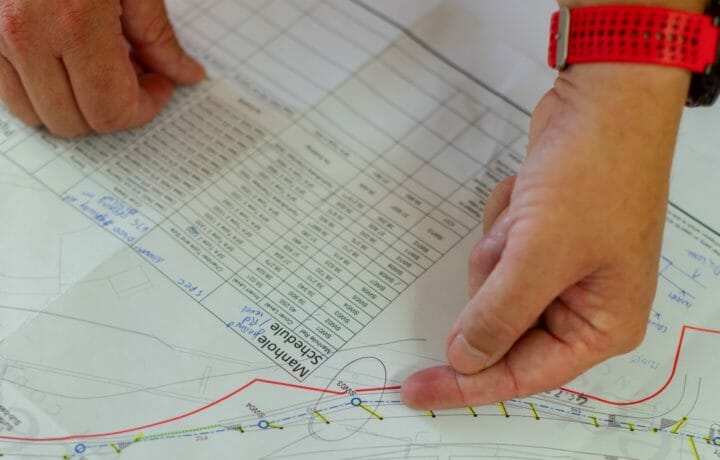A recent report by the Texas A&M Transportation Institute (TTI) reveals in full detail the cost with congestion on America’s roadways. The report, by TTI Associate Research Scientist David Schrank and Senior Research Engineer Bill Eisele, was released last December and examined roadway congestion around U.S. urban areas to examine the effects of that traffic on commuters and the economy.
Washington, D.C. residents get the noteworthy distinction of living in the most congested city – as the population has increased around the Washington metro, so have congestion and commute times.
For a long distance commuter like myself, the trends in commutes are all too familiar. First, Americans spent an extra 38 hours traveling in 2011. Second, in large urban areas (defined as areas with only three million people) commuters in 2011 experienced an average of 52 hours of delays. Third, in those same urban areas, commuters dealt with six hours of heavy congestion on the average weekday. Fourth, Fridays are the worst days to commute, taking on average 20 percent longer than Mondays.
What does this mean for the average commuter? The report lays it out in stark detail. Those extra 38 hours suffered by commuters in 2011 amount to:
- • Almost 5 vacation days
- • Equivalent to over one and a half times what Americans spend online shopping every year.
- • Equivalent to the amount of time Americans spend over the winter holidays gift shopping, attending holiday parties and traveling to holiday parties.
The researcher also found that it is not just big cities that suffer from heavy congestion. More and more the residents of smaller U.S. cities are suffering heavy traffic. Even more importantly, these cities often will lack the resources to tackle the traffic problem.
The report also looked at the beneficial effects of three strategies used to reduce conception in urban areas: public transportation, improving traffic flow, and adding traffic capacity. Public transportation in urban areas is an important method of reducing congestion. According to researchers, if public transportation in 489 US urban areas stopped today, it would add an additional 865 million hours of delays and consume 450 million more gallons of fuel annually. Traffic flow is the development of more efficient and effective road layouts to handle the increased demand. Not surprising, the report states that areas of stop-and-go traffic, like bottlenecks, carry only two-thirds of vehicles as optimally running roads. For this reason, minor changes in roadway layout can have a significant impact on traffic speed. Finally, urban areas can and have been reducing congestion by adding roadway capacity and developing new roadways to reflect changes in where commuters live and work.



